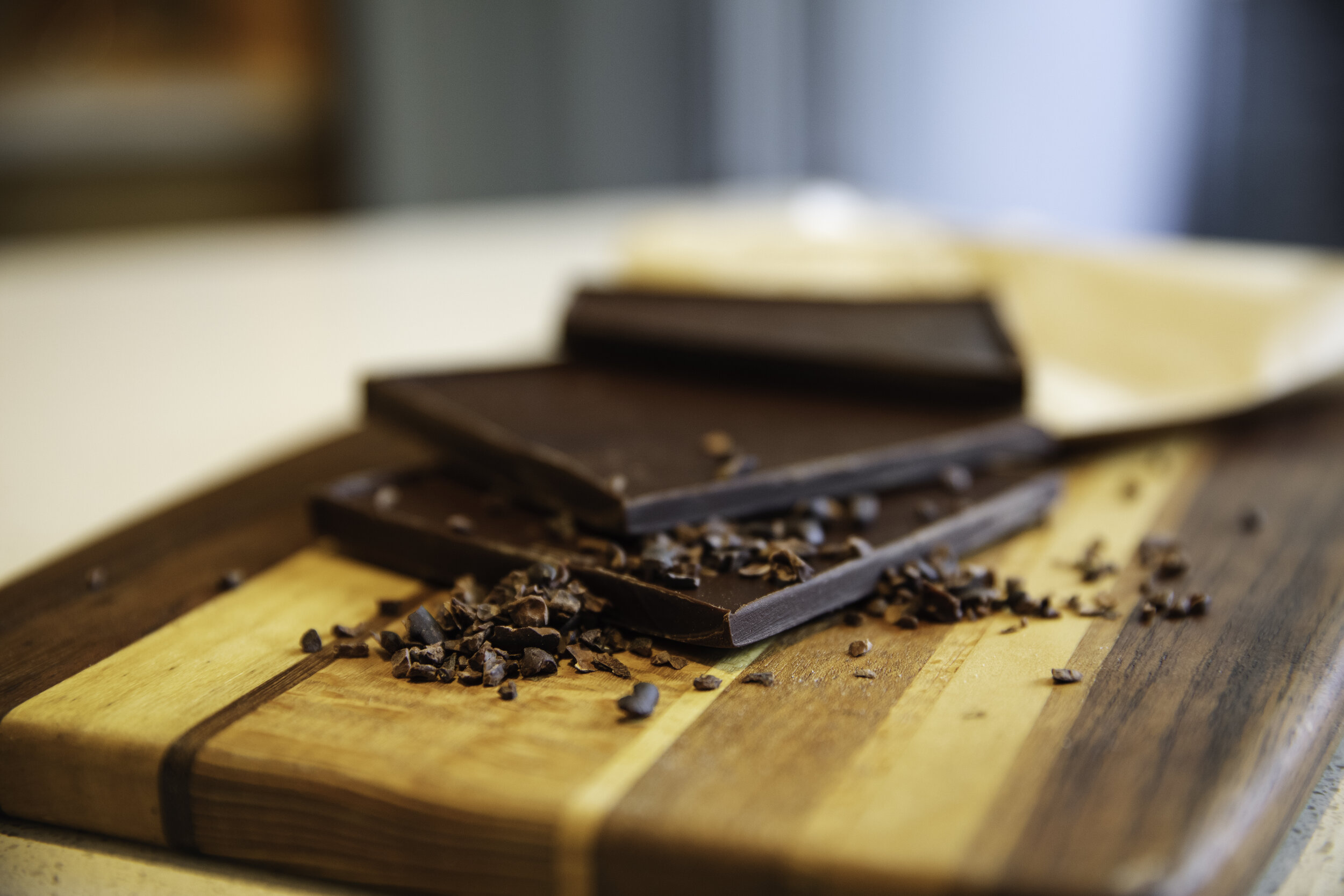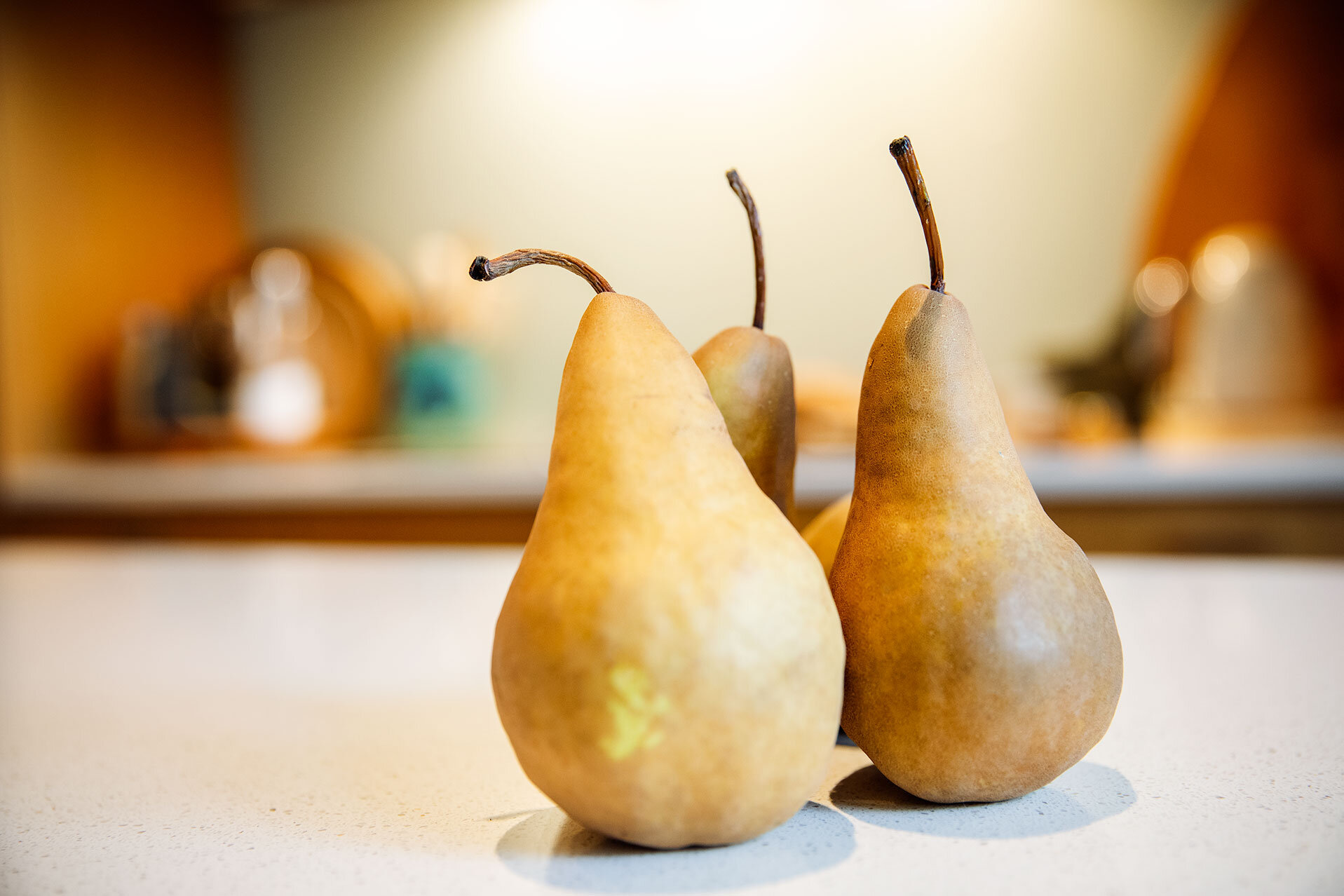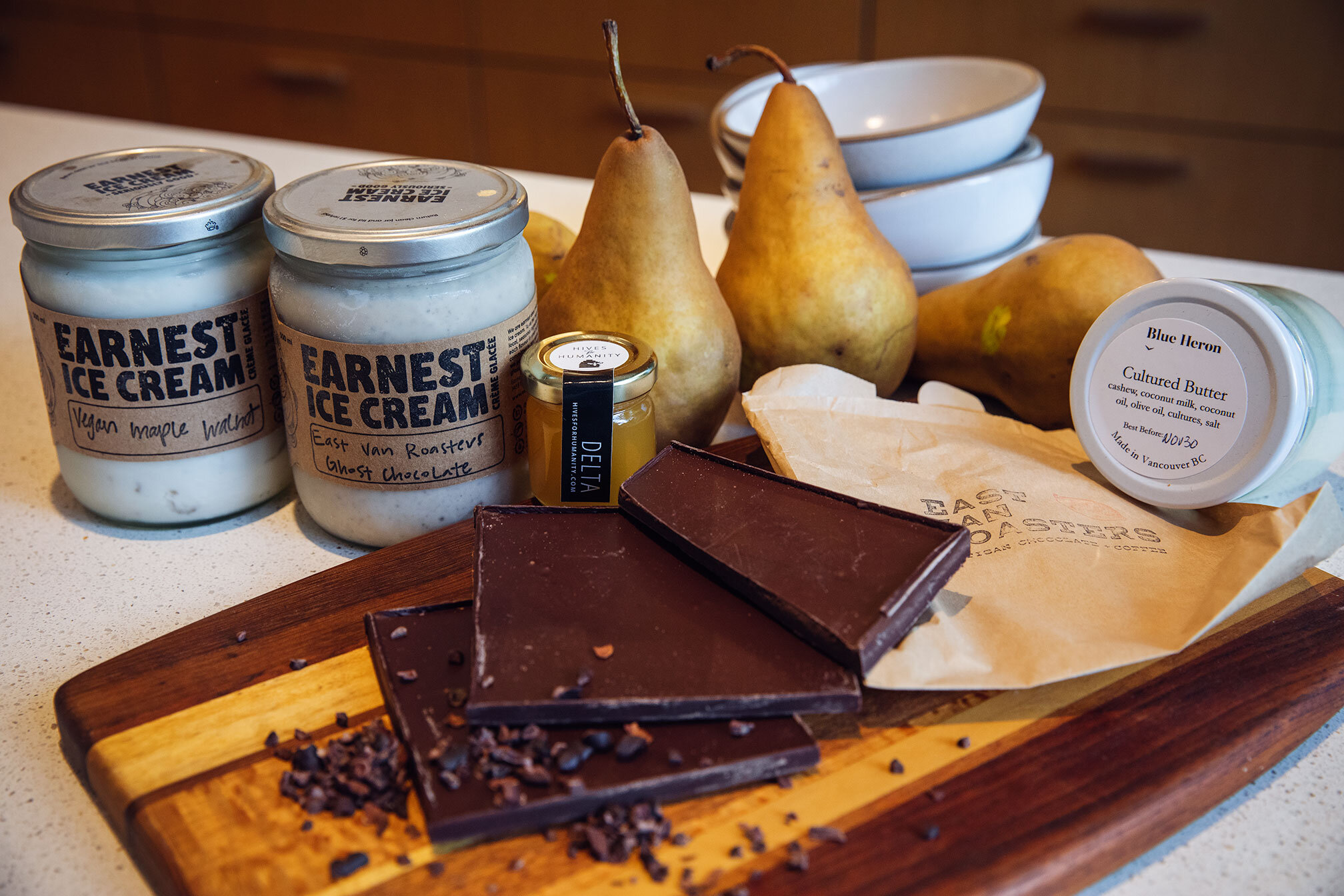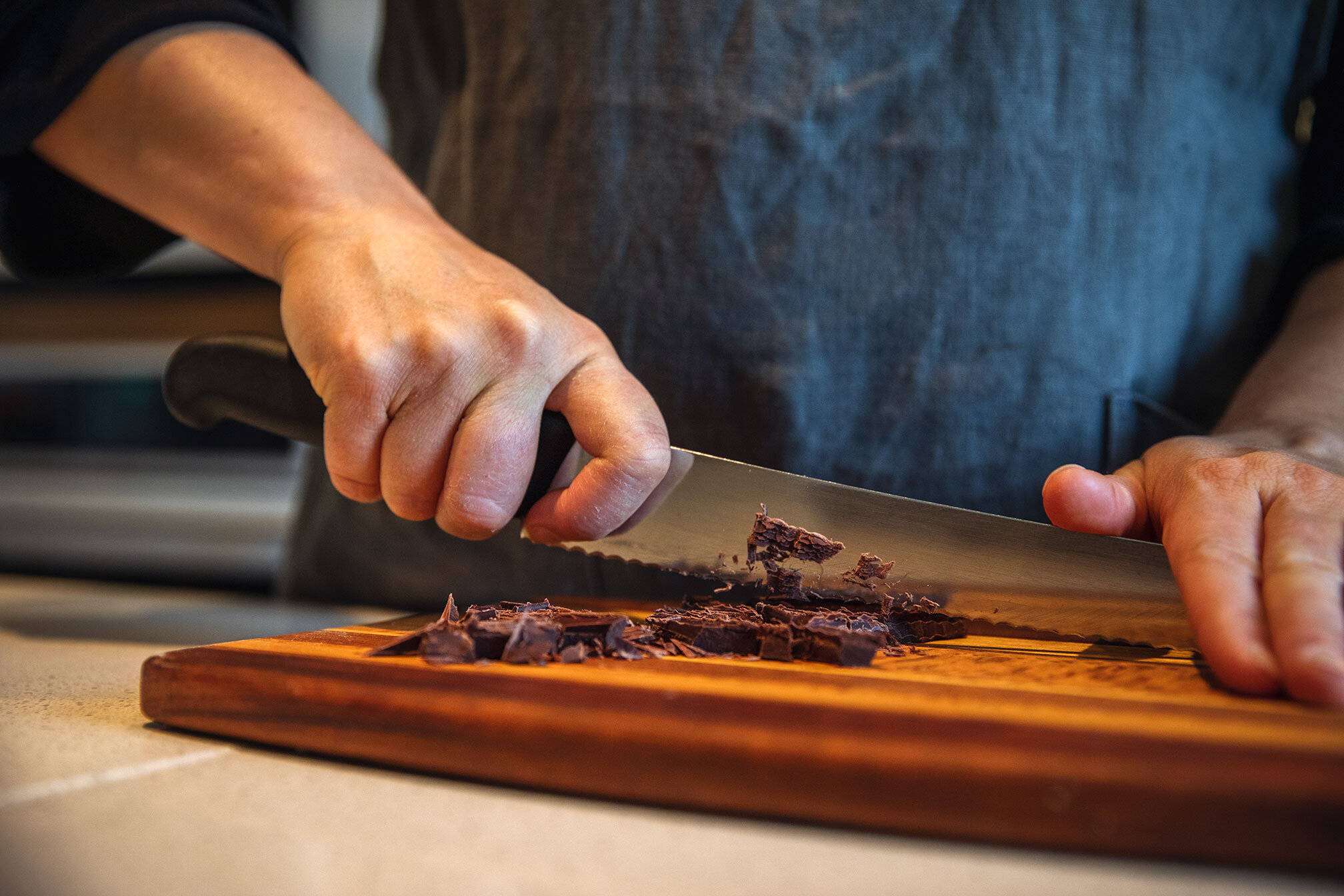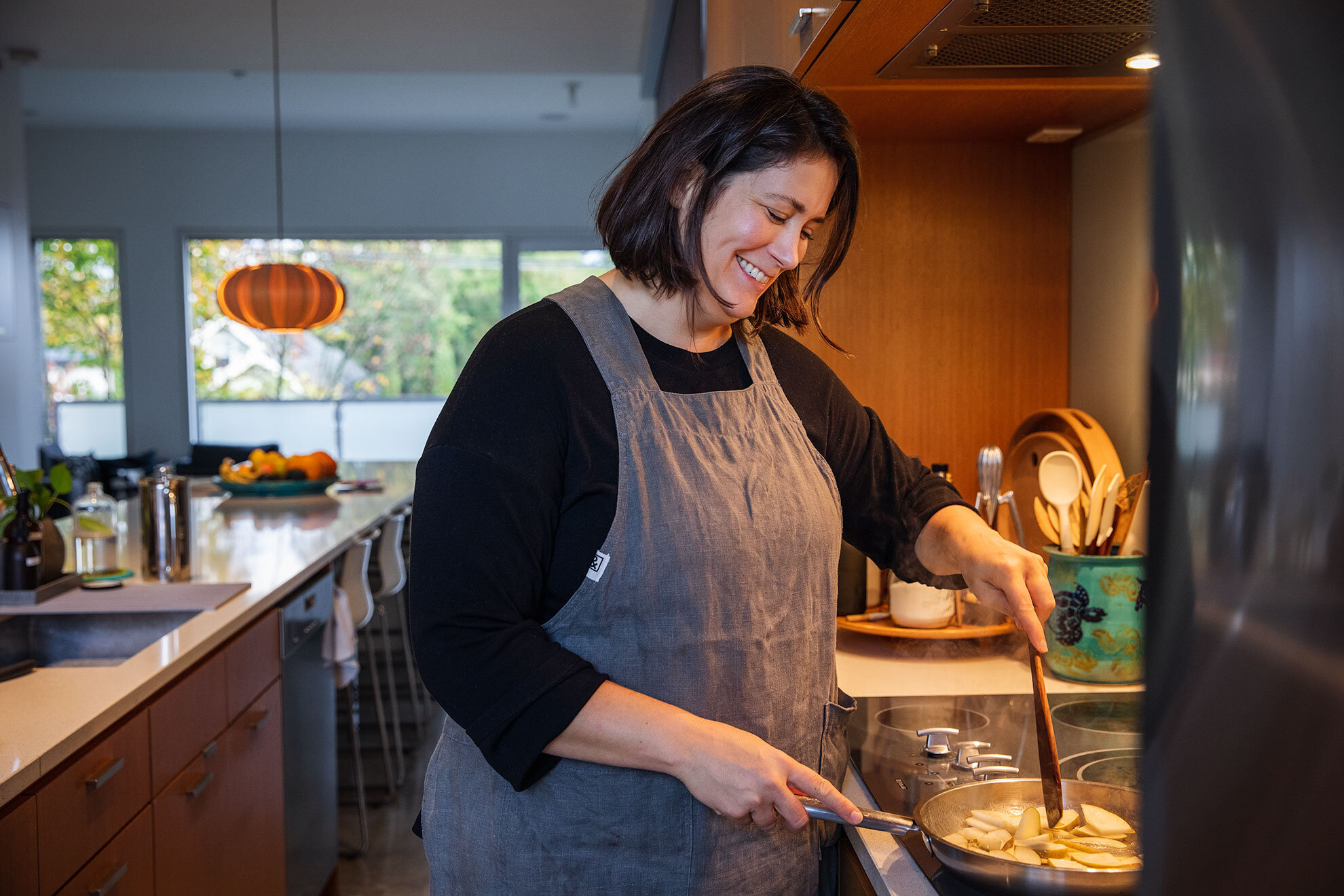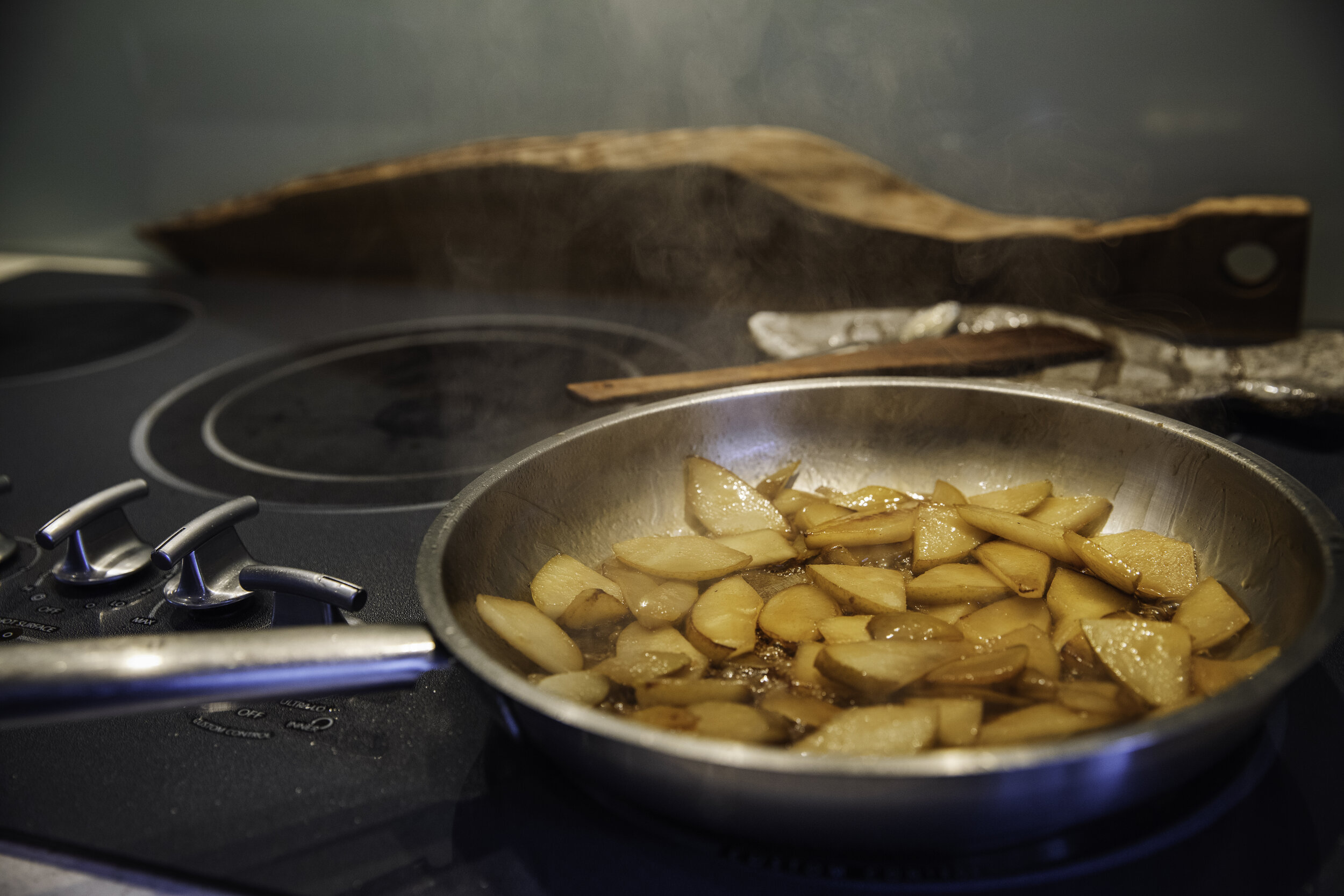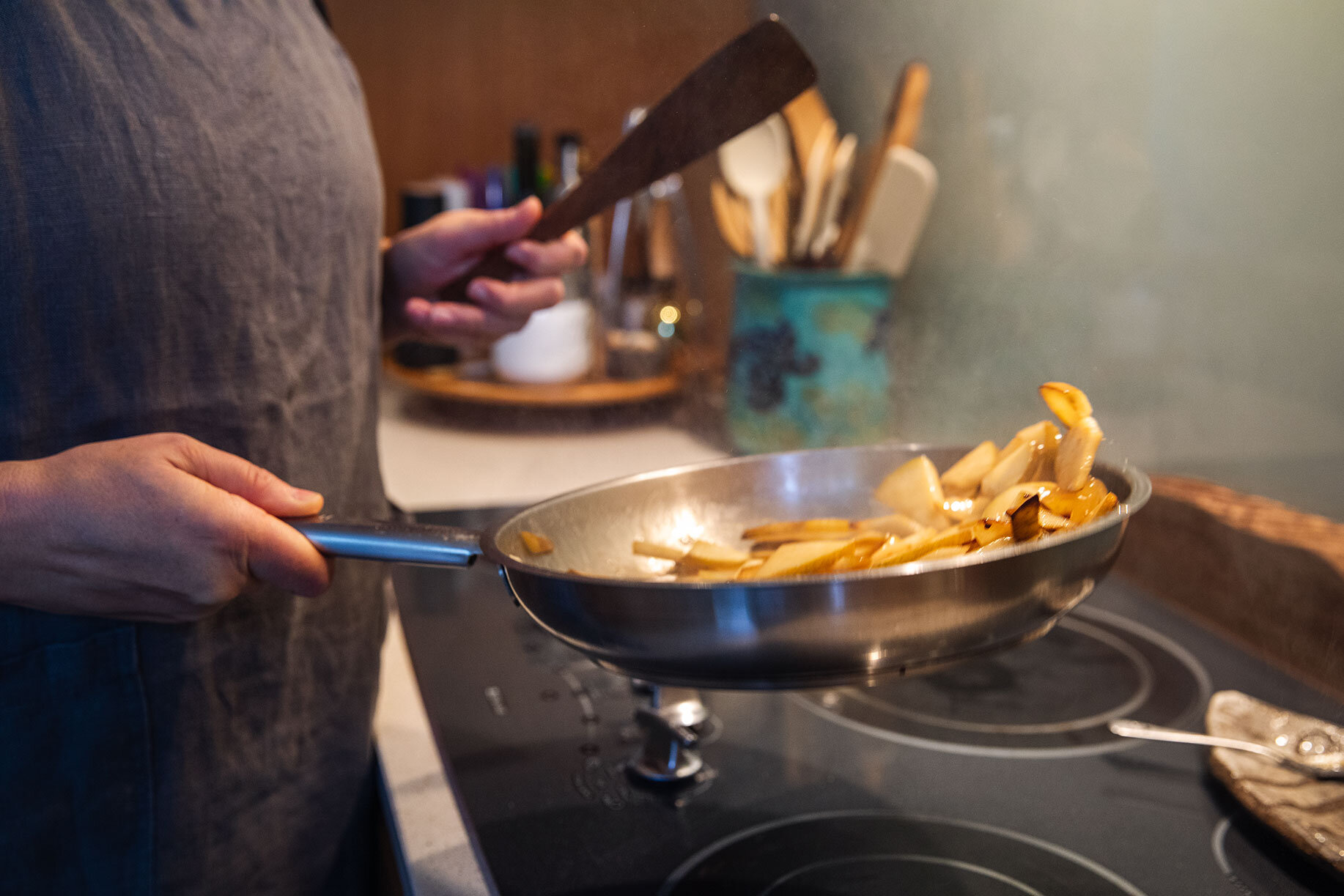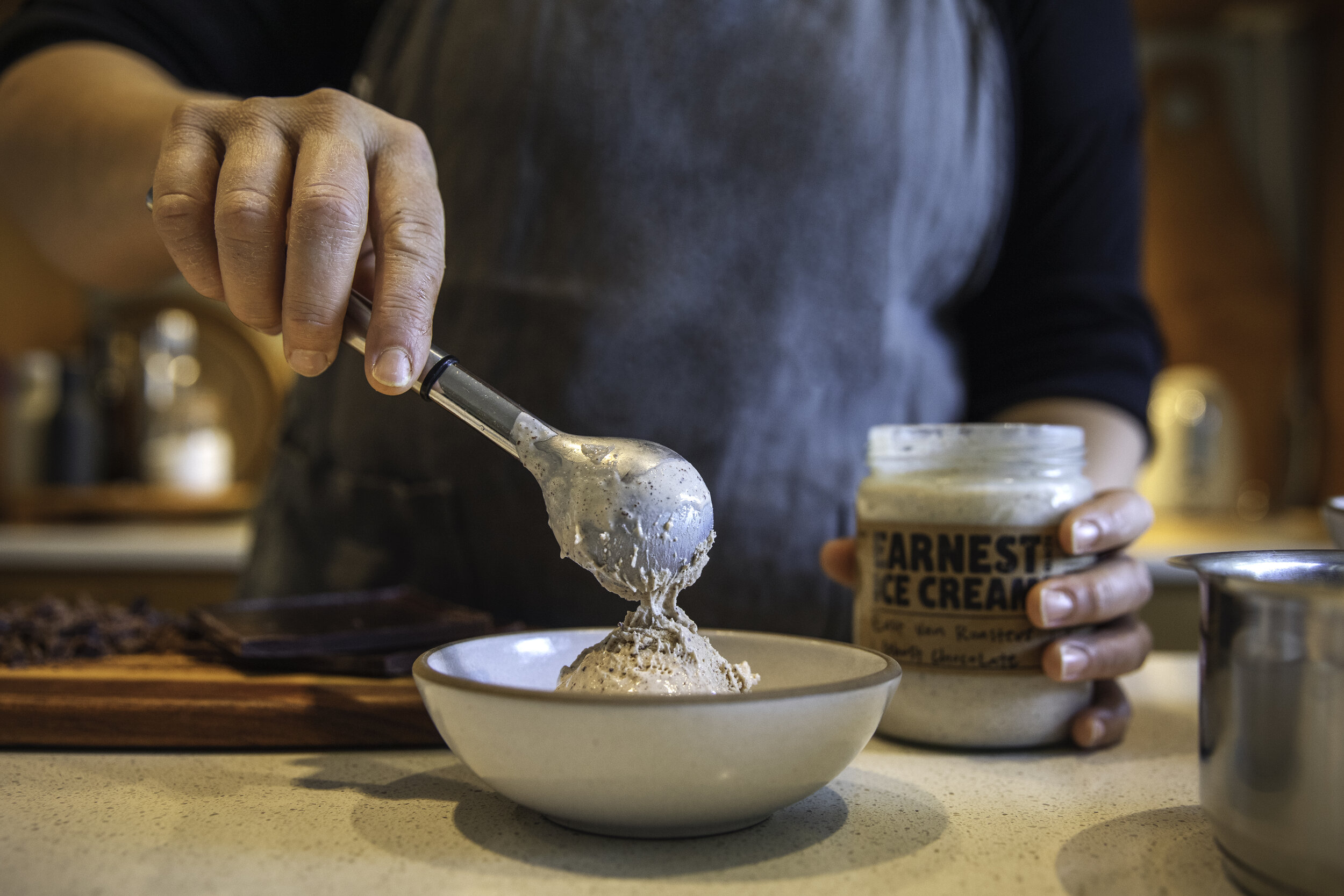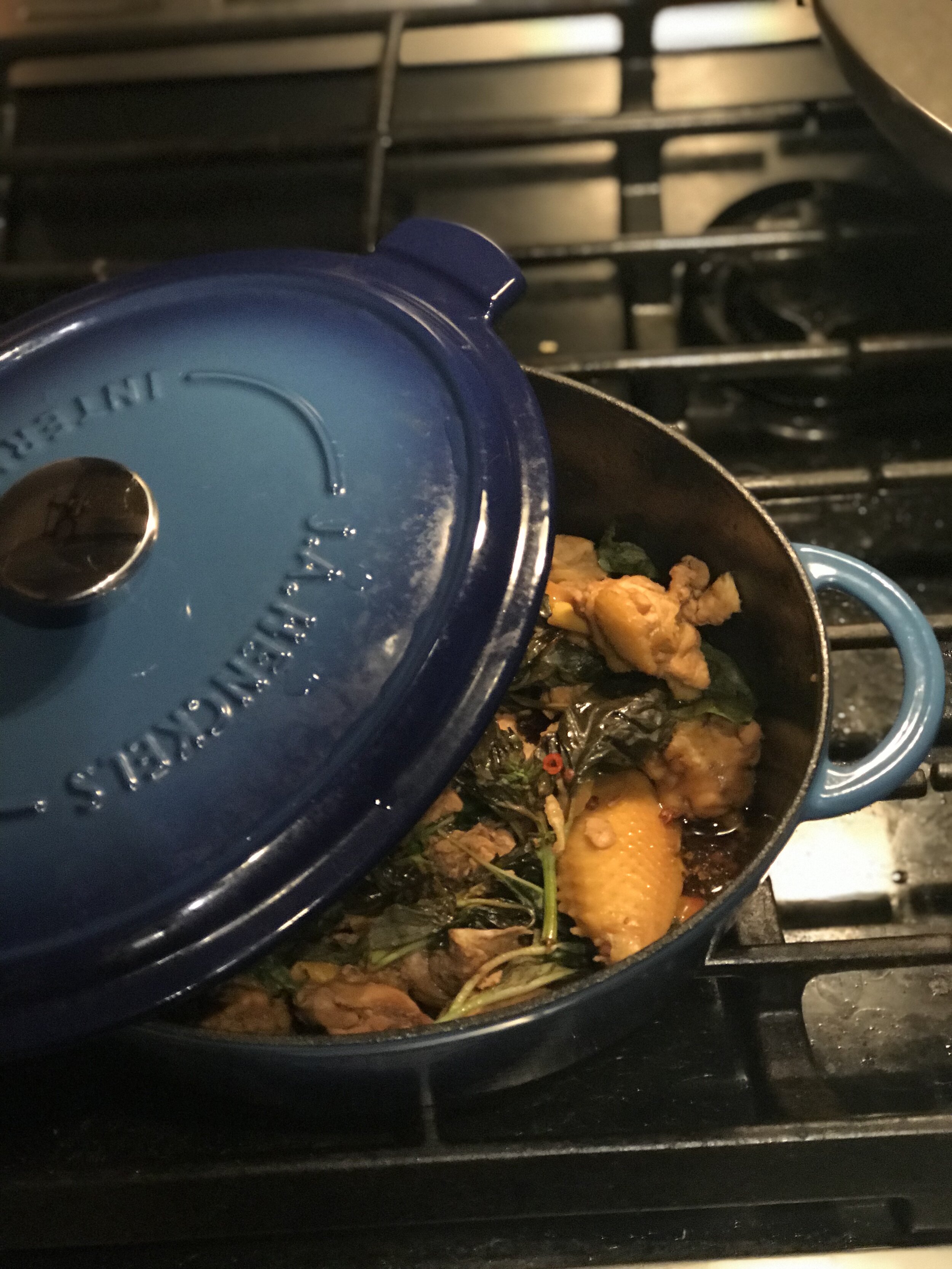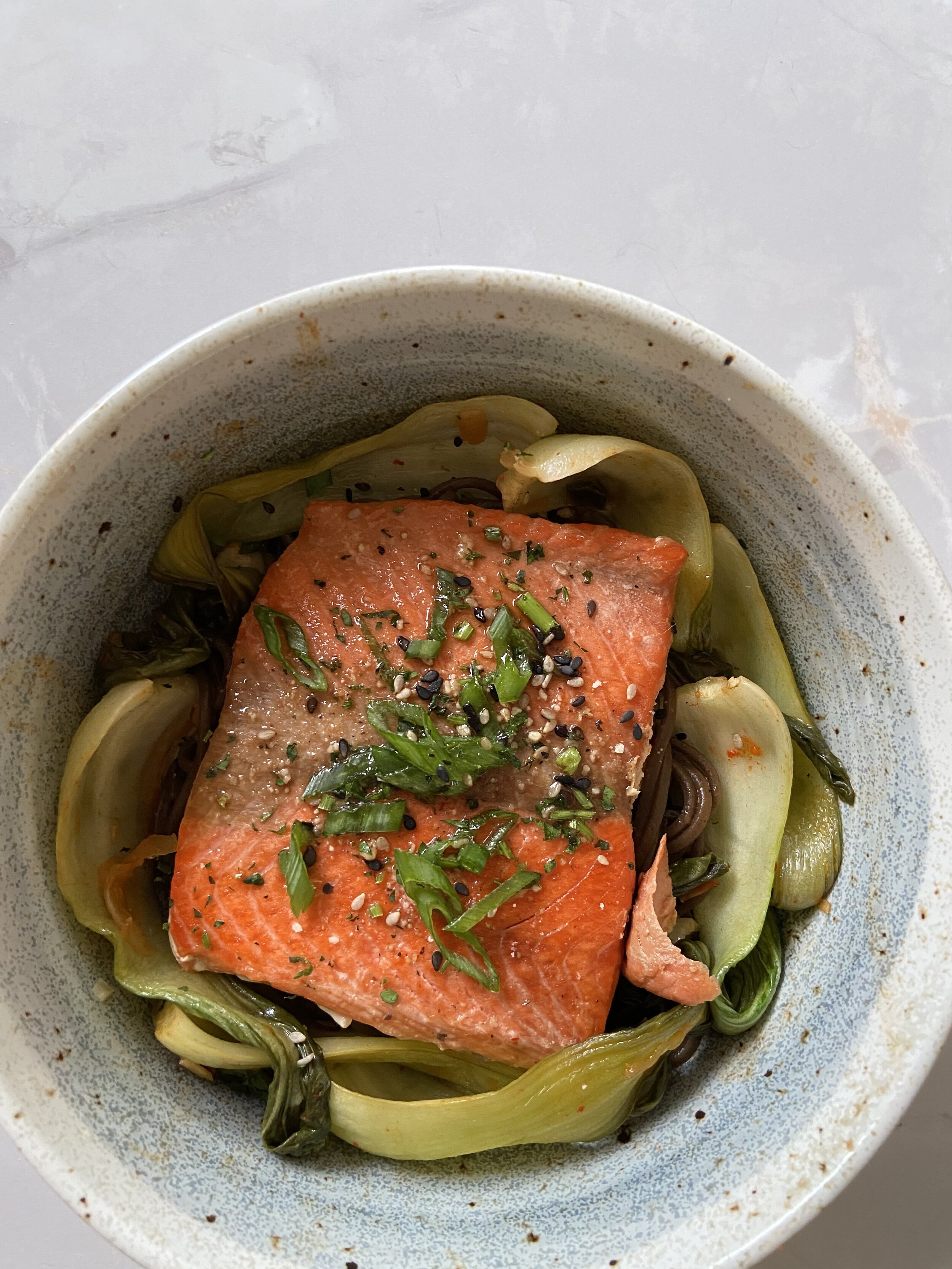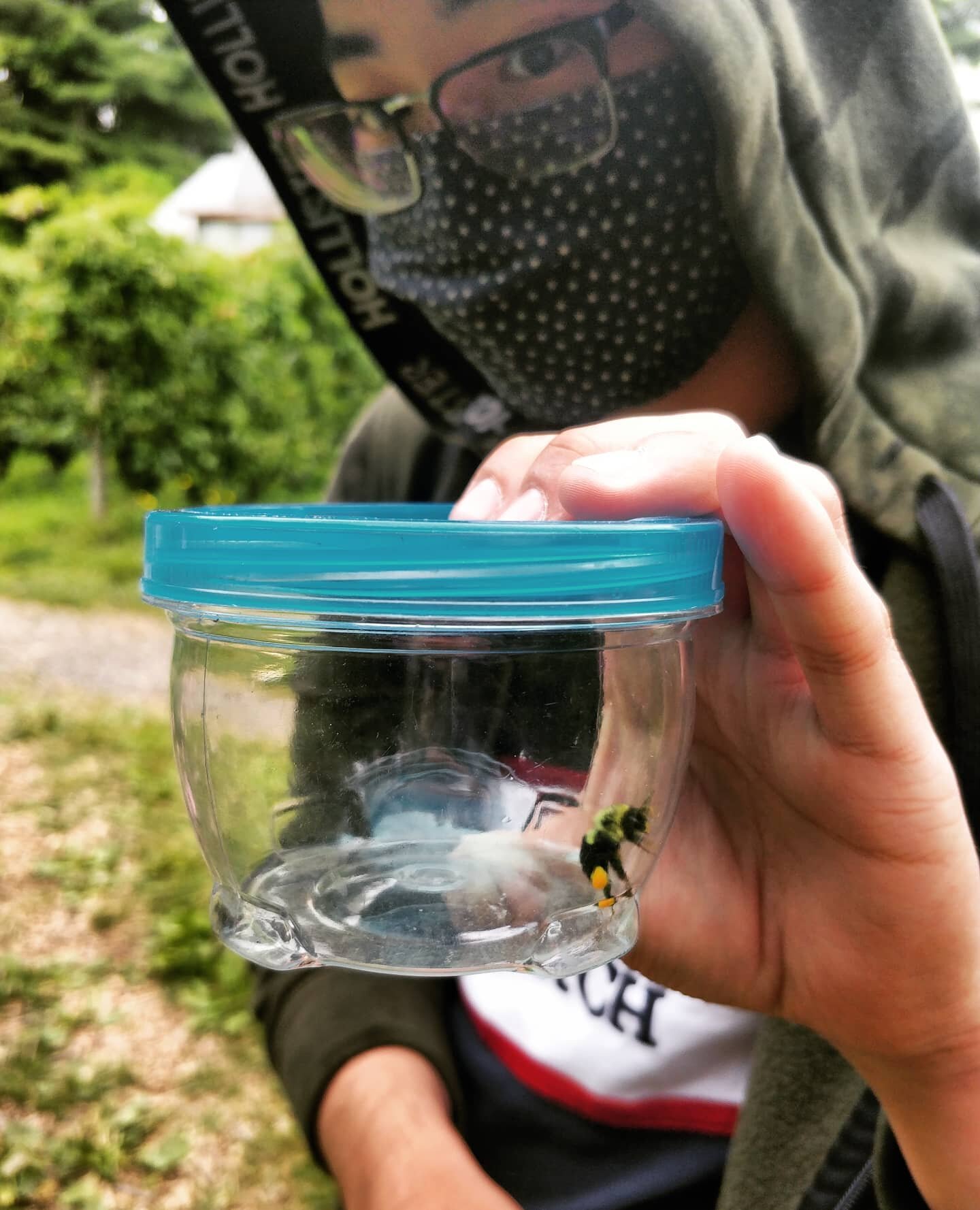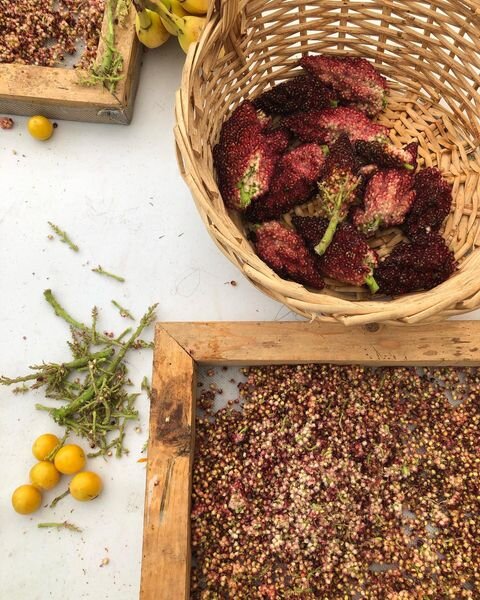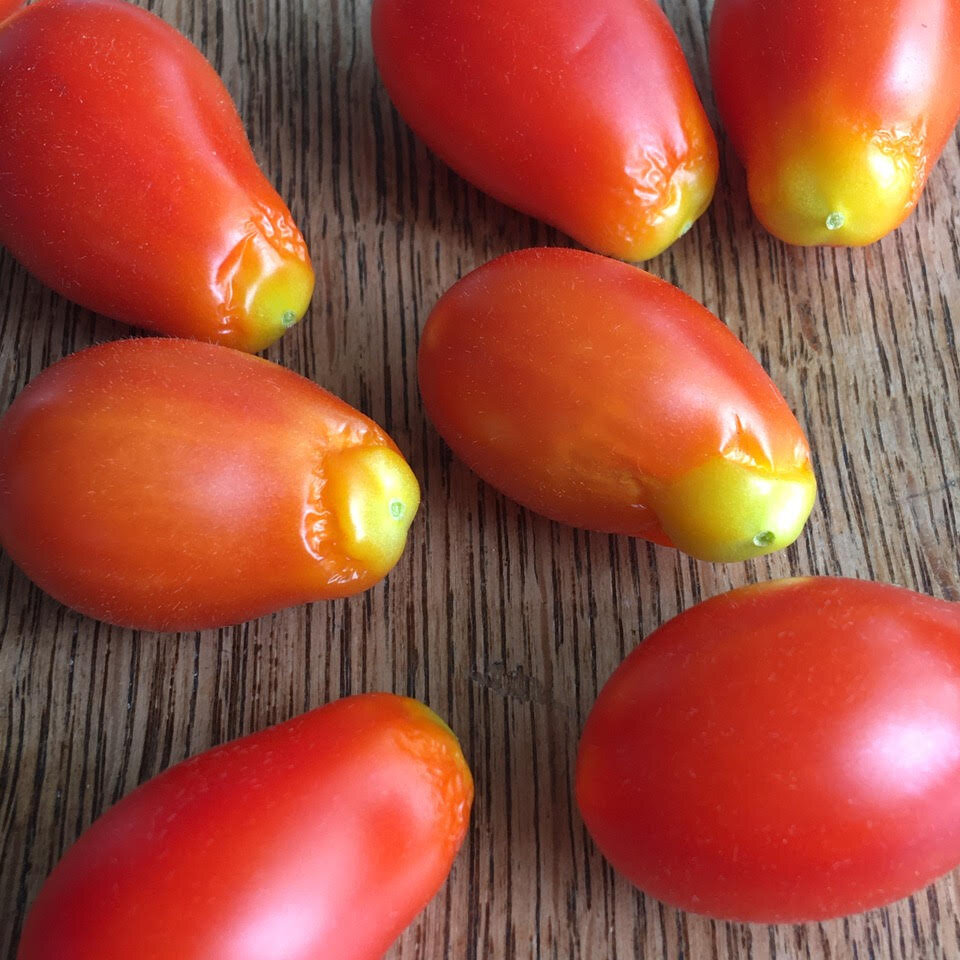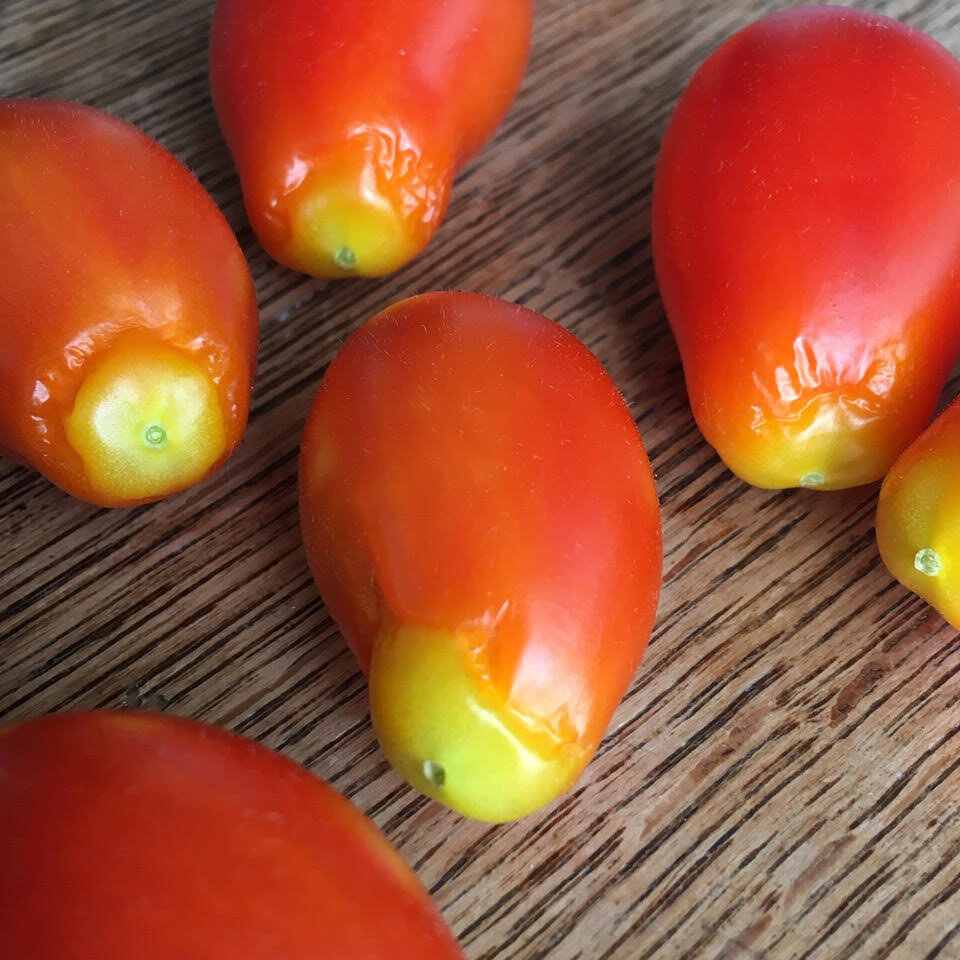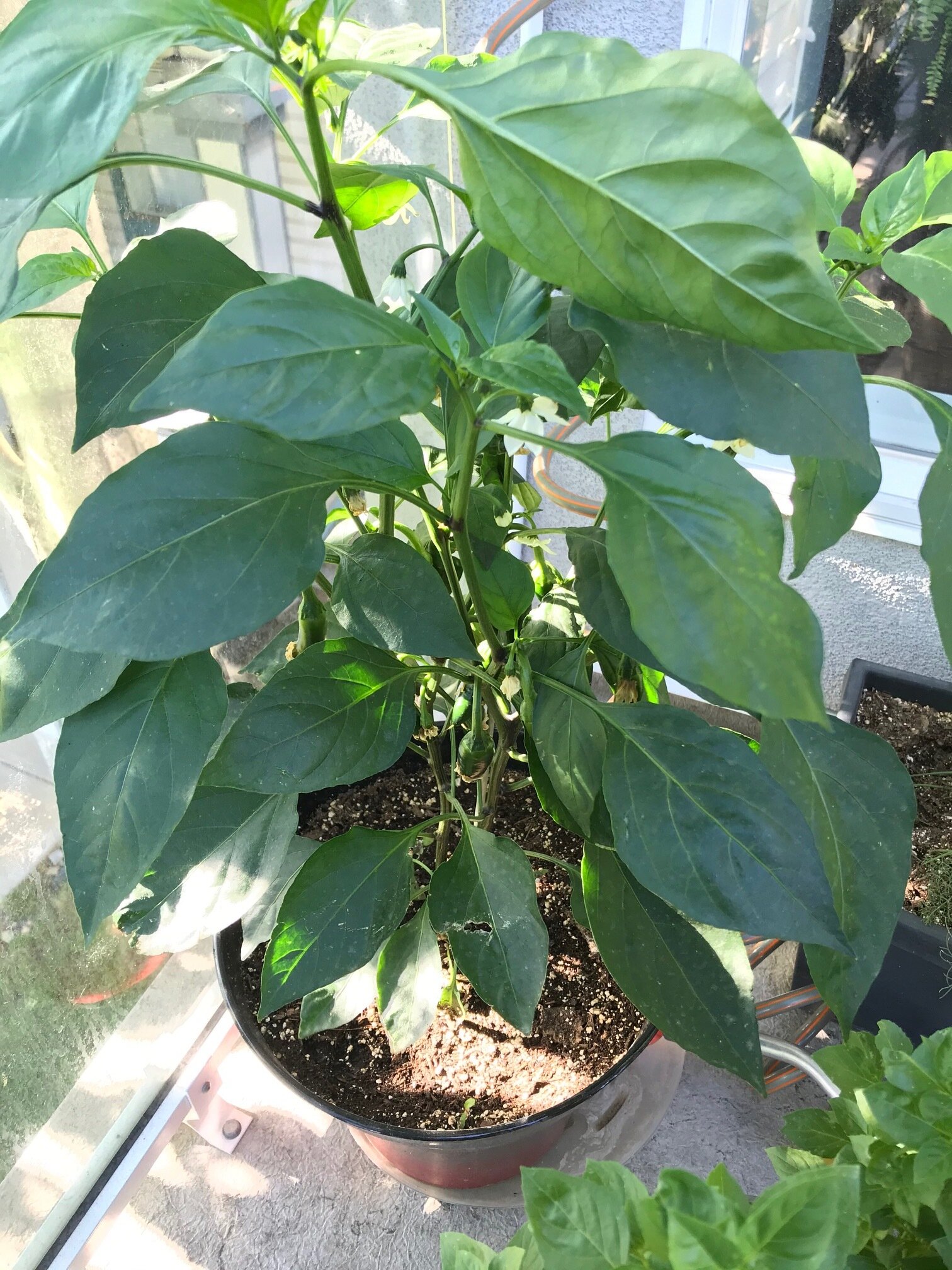Less than one week until Loco for Cocoa, our second delicious event in our From Farms to Forks Food Series. I haven’t been this excited about an event in a long time.
loco for cocoa chocolate experience | october 25, 2020 | 7:30 pm
If you haven’t heard the details, it’s an online celebration of all things chocolate! The night includes cool (but short!) lectures on the history of chocolate and how cacao is grown, along with a live demonstration of a delectable chocolate dessert. It’s going to be super fun.
For those of you who don’t know me, I’m Merri Schwartz, the founder of Growing Chefs and one of the current Co-Interim Executive Directors. But I’m also a professional pastry chef and chocolatier. Talking and teaching about chocolate are two of my favourite things of all time.
Me surrounded by chocolate treats.
What I’m most excited about for Loco for Cocoa are the people.
I get to work on the dessert with a good friend and one of my favourite pastry chefs (oh, and newest Growing Chefs board member), Wendy Boys! Wendy and I always have a great time together, and we’re stoked to do our chocolate class with a little banter. We all spend a lot of time watching talking heads online these days, and interacting with a colleague--even through Zoom--is a much more fun way to teach you how to make dessert.
The amazing Wendy Boys! Photo by Mavreen David Photography.
Then, we have Shelley Bolton. Another dear friend and favourite collaborator, Shelley is the manager and chocolate maker at the amazing East Van Roasters. She’s going to explain how cacao is grown and how chocolate is made, and share about her experiences at cacao farms in the jungles of Guatemala and the hills of Hawaii. Can’t wait!
Shelley Bolton making chocolate in a 30 kg stone grinder.
Our third guest, Dr. Shea Henry, is a scholar who knows aaaaaaaall about the history of chocolate. I could listen to Shea talk for hours about the archaeology of food. The current Director and Archivist at the Maple Ridge Museum, Shea is full of cool, historical facts and has been giving talks about the history of chocolate for the past ten years!
We cannot wait for Shea’s talk about the history of chocolate!
Oh, and I can’t forget the other awesome piece! The local bit. We decided for the dessert that we’re going to source every. single. item. locally. (Of course, technically… the cacao and the sugar in the chocolate are imported. But because the product is roasted and ground right in the Downtown Eastside, we decided to count it.)
The pears are from Parsons Farm Maket, the honey is from Hives for Humanity, we’ll have Mission Hill Family Estate wine, and the wonderful Earnest Ice Cream… all from BC! Even our vegan options are local: the Earth's Own oat cream, and Blue Heron Cheese plant-based butter both hail from Vancouver, while the Cosman & Webb maple syrup comes from a lovely farm in Quebec’s Eastern Townships. The salt is courtesy of the amazing Salt Spring Sea Salt.
If you join us, your $75 ticket will land you a package of these items so you can follow along as we cook. Or just keep to enjoy later ;). For those of you who are from out of town, you’re still welcome to join the Zoom for just $20! We will provide you with a shopping list so you can follow along too.
Thank you Mavreen David Photography for visiting Chef Wendy Boys during her run-through.
We’re so grateful for the support of our Silver Thyme event sponsors, Mission Hill Family Estate and Whole Foods Market for helping us throw fun events like this one. Thank you Pacific Restaurant Supply for opening your space to allow for safe and convenient ingredient pick up!
I’d be honoured to have you on board. Let’s celebrate chocolate and Growing Chefs together! Purchase your tickets here, and check out the other great events we have coming up here.







